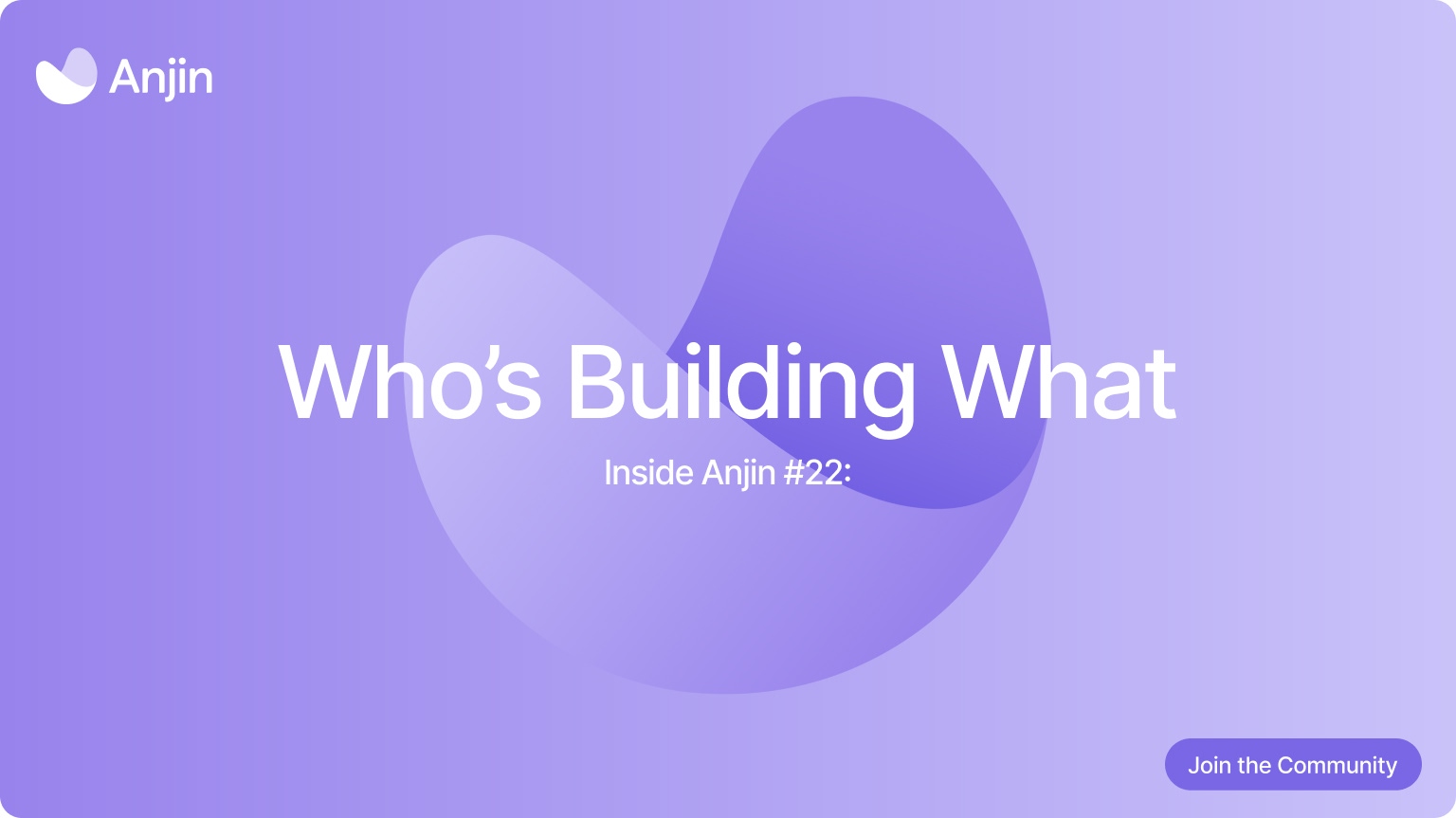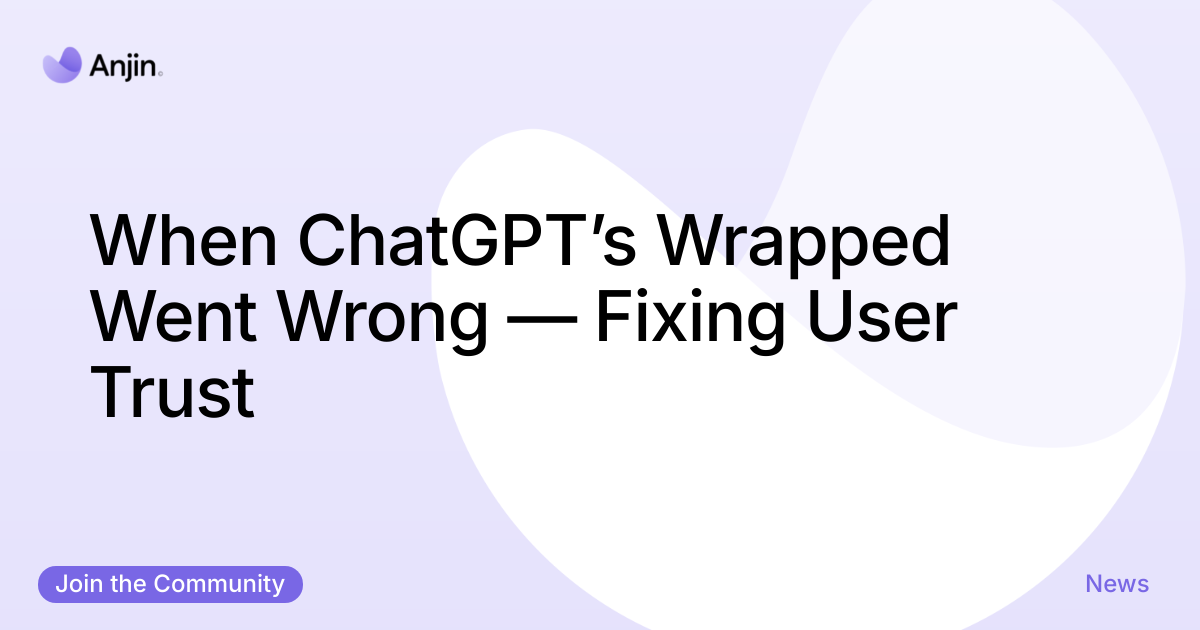The most interesting thing about our early users isn’t who they are. It’s what they’re building.
When you start opening a platform to early access users, patterns start to emerge. Some you expect. Others you don’t.
We’ve been quietly working with a small group of creators, partners, and testers as we build toward launch. This is what they’ve taught us — and what it might tell us about what comes next.
Three Types of Builders We’re Seeing Already
The most useful insight has been around intent. Most early builders fall into one of three buckets.
1. The Solo Specialist
They’ve got niche IP. A process that works.
They’re tired of repeating themselves — and tired of sending PDFs.
An agent is a better delivery method.
They want to:
- Launch a paid workflow
- Help clients self-serve
- Build recurring revenue from what they already know
These users often start small, but their agents tend to be the most focused and valuable.
2. The Internal Automator
Often part of a small team, agency, or startup.
They’re using Anjin to run tasks faster across marketing, research, or onboarding.
They want to:
- Replace manual workflows
- Test processes before hiring
- Build lightweight internal tools that don’t require engineering support
These users benefit from the low-friction execution and role logic.
3. The Platform Partner
These are the outliers — usually with an audience, client base, or concept ready to go.
They don’t want to use Anjin. They want to build with it.
They want to:
- Launch their own branded product
- Sell access to agents they’ve created
- Skip the cost of building full infrastructure
These users typically join through our partner and equity programmes.
What They're Building
Without revealing specific people or verticals, here’s a glimpse at the kinds of agents currently live in early access:
- Pre-sales qualification flows for B2B
- Grant application advisors for SMEs
- Content repurposing tools for consultants
- Legal form builders for startup teams
- Research scouts that analyse multiple public sources
Some are simple wrappers. Others are multi-agent chains.
All of them are built on real, repeatable insight.
Why This Is Good News for Everyone
Even if you’re just here to run agents rather than build them, this early activity means:
- More useful agents will be available at launch
- Agent quality is improving before it even hits public release
- You’ll be stepping into a platform shaped by practical use — not theory
This isn’t a blank slate platform.
It’s a functioning ecosystem being fed by real work, right now.
Final Thought: The Platform Is Quietly Filling In
The waitlist isn’t just a list.
It’s a shape — showing us where the need is, what people want to build, and how we can support them.
By the time the platform opens in September, it won’t feel like a version one.
It’ll feel like something lived in.
Want to build with us or use agents when we launch?
Join the community and tell us what you’re thinking about. If it fits, we’ll get in touch before the doors open.





